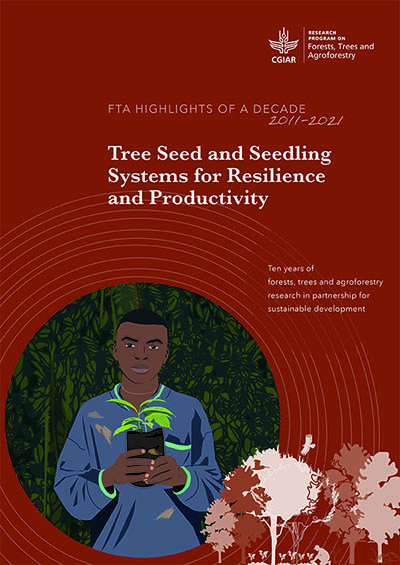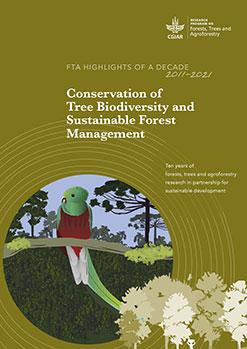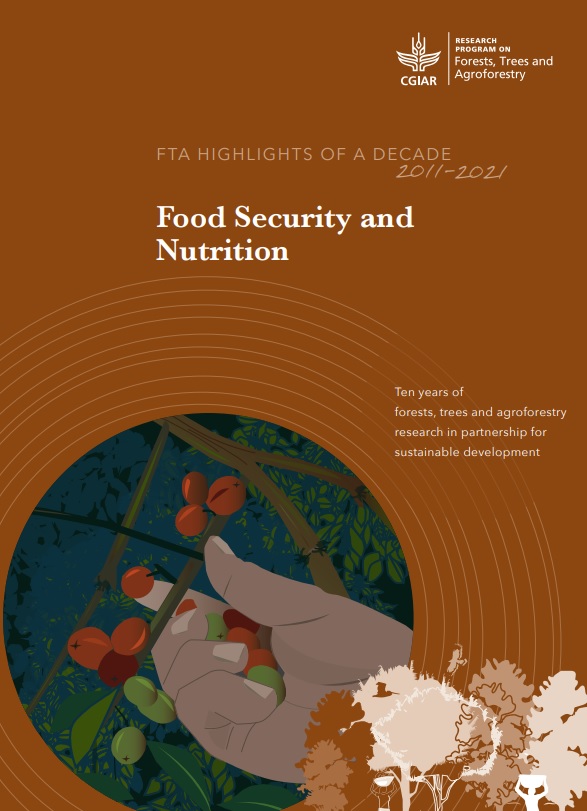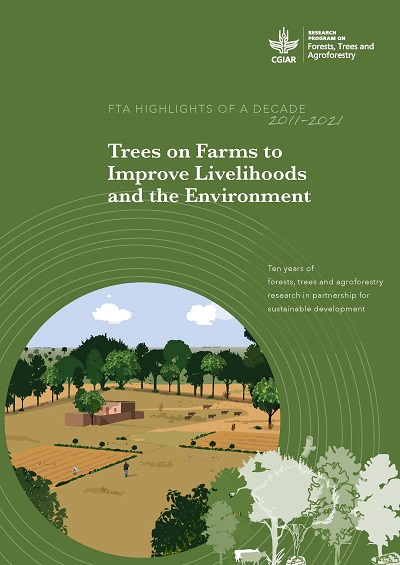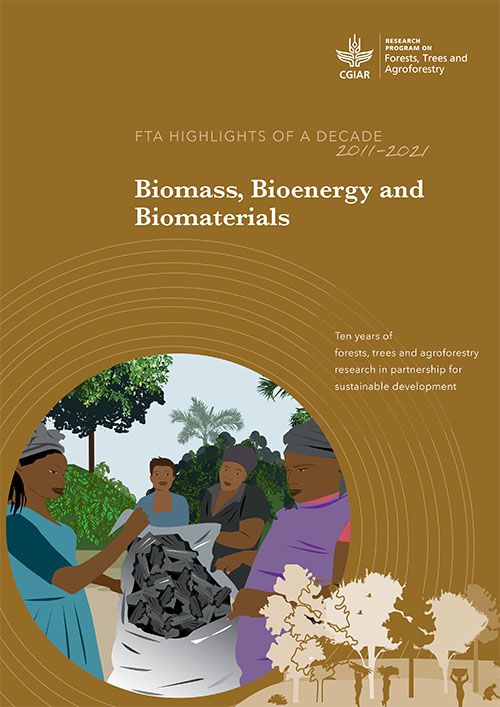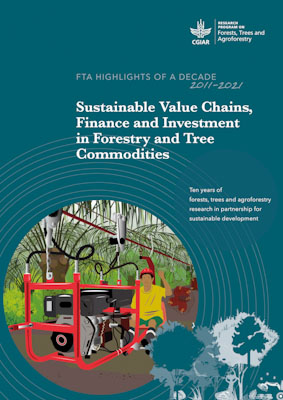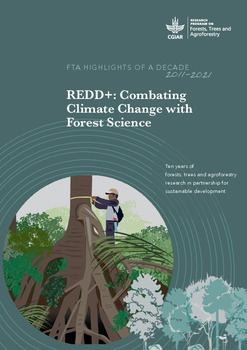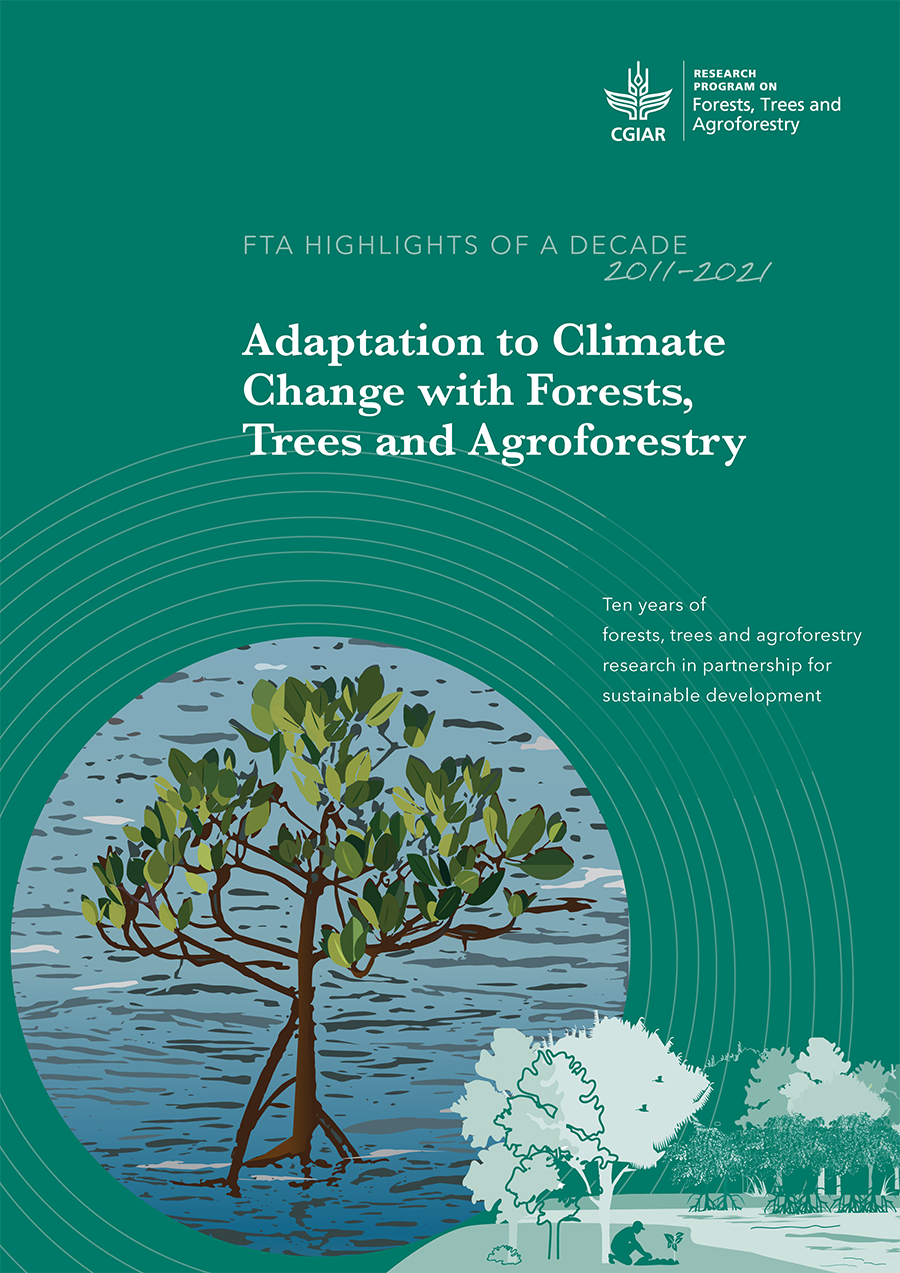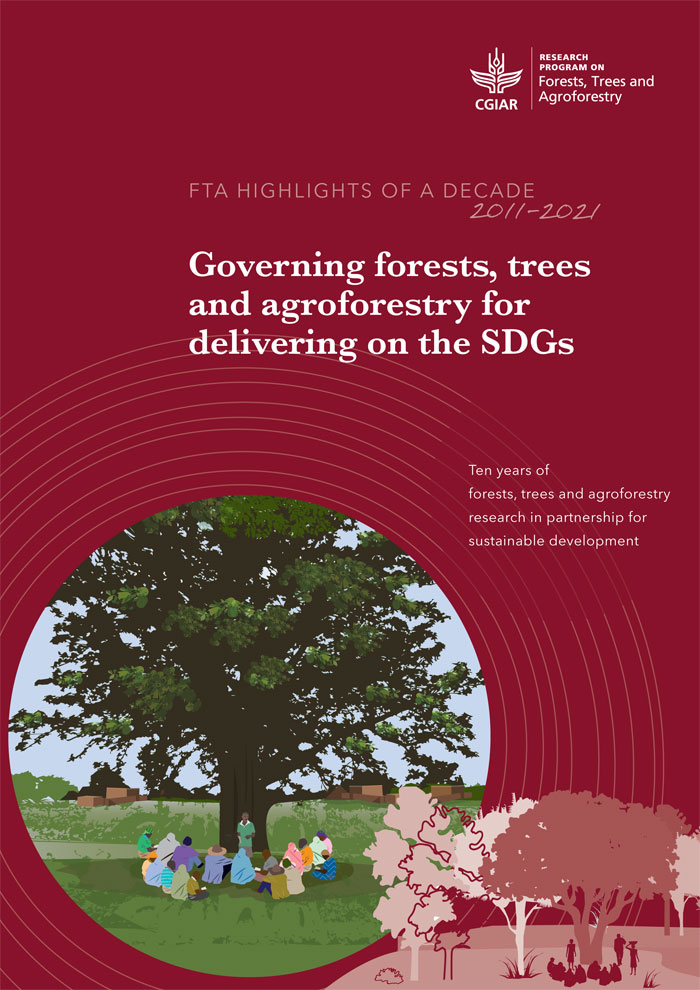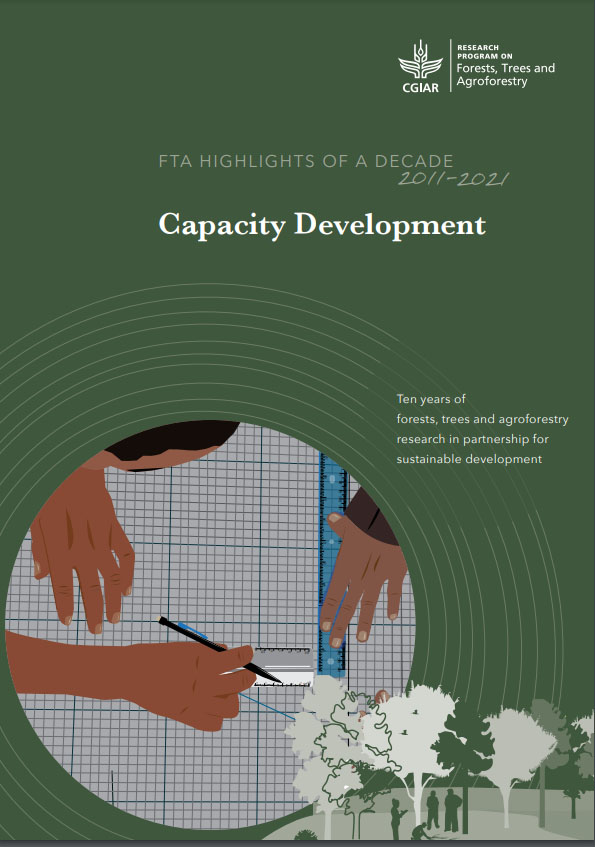FTA highlights of a decade 2011-2021
Ten Years of Forests, Trees and Agroforestry Research in Partnership for Sustainable Development
The FTA Highlights series showcases the main findings, results and achievements of the CGIAR Research Program on Forests, Trees and Agroforestry (FTA), from 2011 to 2021. It features the work undertaken as part of the FTA program, by the strategic partners of FTA (CIFOR-ICRAF, The Alliance of Bioversity and CIAT, CATIE, CIRAD, Tropenbos and INBAR) and/or with other international and national partners, across a range of projects and initiatives, organized around a set of operational priorities. Each topic is presented in a stand alone publication; all the volumes make up the FTA Highlights series. The numbering of the volumes represents their conceptual order and not the time sequence of publication.
This series was elaborated under the leadership of the FTA Director, overall guidance of an Editorial Committee constituted by the Management Team of FTA, support from the FTA Senior Technical Advisor, and oversight of the FTA Independent Steering Committee whose independent members acted as peer-reviewers of all the volumes in the series.
Volumes
-
1 Introduction
-
2 Tree seed and seedling systems for resilience and productivity
-
3 Conservation of tree biodiversity and sustainable forest management
-
4 Forest and Landscape Restoration
-
5 Food Security and Nutrition
-
6 Wild Meat
-
7 Trees on Farms (TonF) to improve livelihoods and the environment
-
8 Biomass, Bioenergy and Biomaterials
-
9 Improving rural livelihoods through supporting local innovation at scale
-
10 Sustainable Value Chains, Finance and Investment in Forestry and Tree Commodities
-
11 REDD+ : combating climate change with forest science
-
12 Adaptation to climate change
-
13 Multi-Functional Landscapes for sustainable development
-
14 Governing Forests, Trees and Agroforestry for Delivering on the SDGs
-
15 Advancing gender equality and social inclusion
-
16 Capacity Development
-
17 Monitoring, Evaluation, Learning and Impact Assessment
-
18 Way Forward
Forests, trees and agroforestry are part of major land-use transitions worldwide, with an impact on the balance between the global issues of planetary boundaries and local concerns about livelihoods and peoples’ rights. The 17 Sustainable Development Goals (SDGs) include complex trade-offs between various local and global interests in forests or derived land uses that require effective science-policy boundary work.
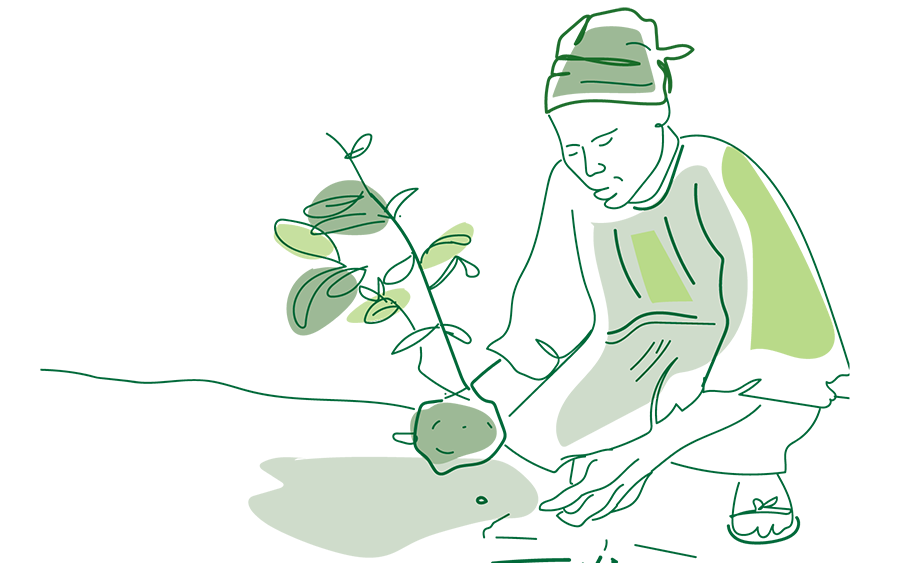
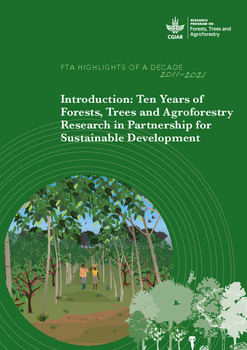
The work of the CGIAR Research Program on Forests, Trees and Agroforestry (FTA) on tree seed systems — the authors’ shorthand for the means through which growers obtain access to tree-planting materials, either seeds or seedlings — has sought to address significant constraints in the diversity and genetic quality of the tree seeds and seedlings that are being supplied.
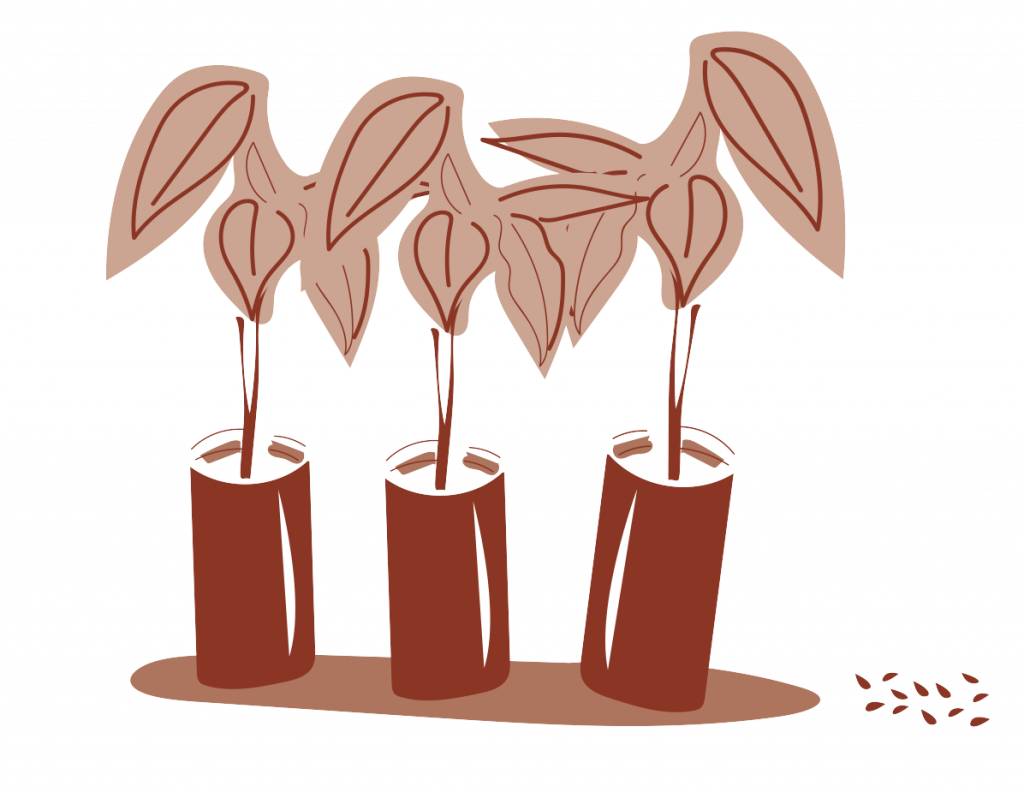
Forests and trees are critical for the survival of life on earth. They conserve a tremendous biodiversity and fulfill essential ecosystem services such as climate regulation, cycling of nutrients and water.
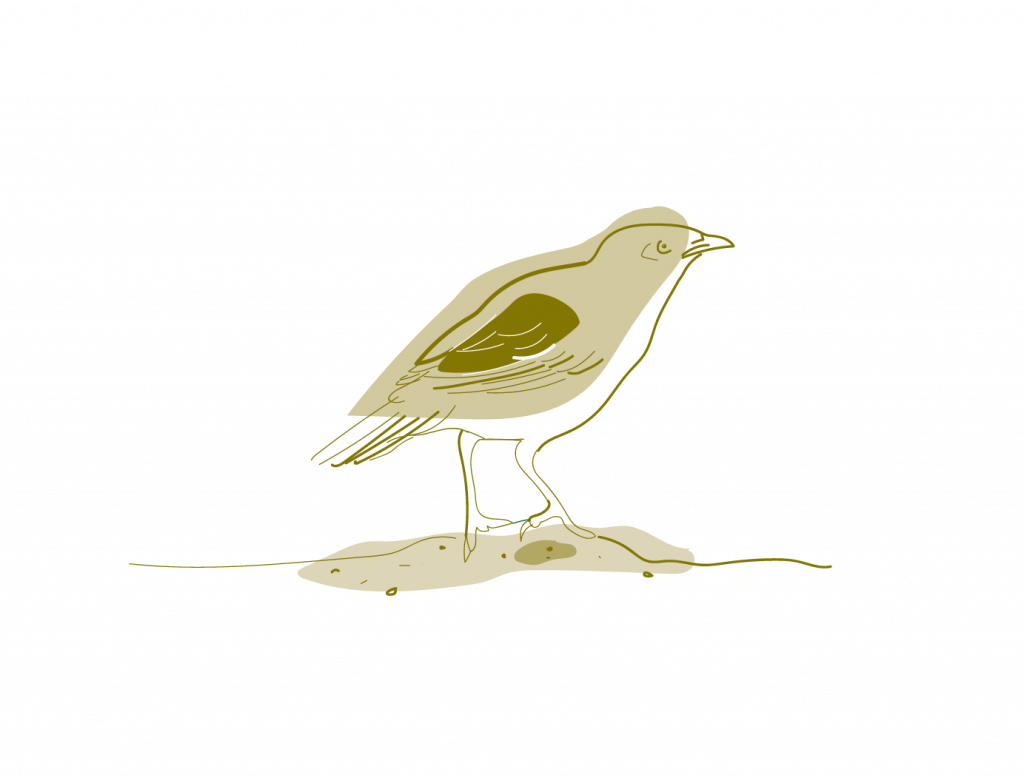
Over the last decade, the CGIAR Program on Forests, Trees and Agroforestry (FTA) has undertaken innovative basic and applied research across different scientific disciplines on the multiple dimensions of FLR for improving policy and practice and facilitating the uptake of new knowledge, tools and approaches — both from the top down and the bottom up. This publication presents key FTA outputs on forest and landscape restoration from 2011 to 2021.
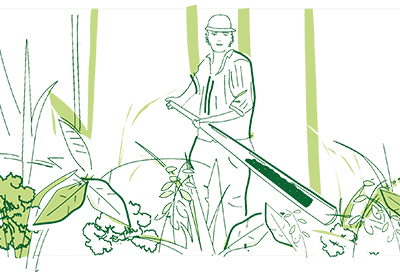
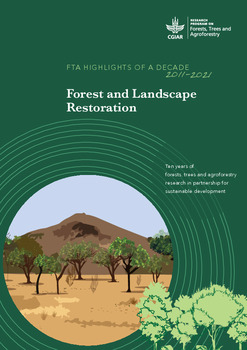
FTA’s research provides strong evidence of how forests, agroforestry systems and other multifunctional landscapes contribute to food security and nutrition. They contribute a diversity of nutritious foods, ecosystem services that support agriculture, and income to smallholders. Evidence shows that greater tree cover is associated with greater dietary diversity.
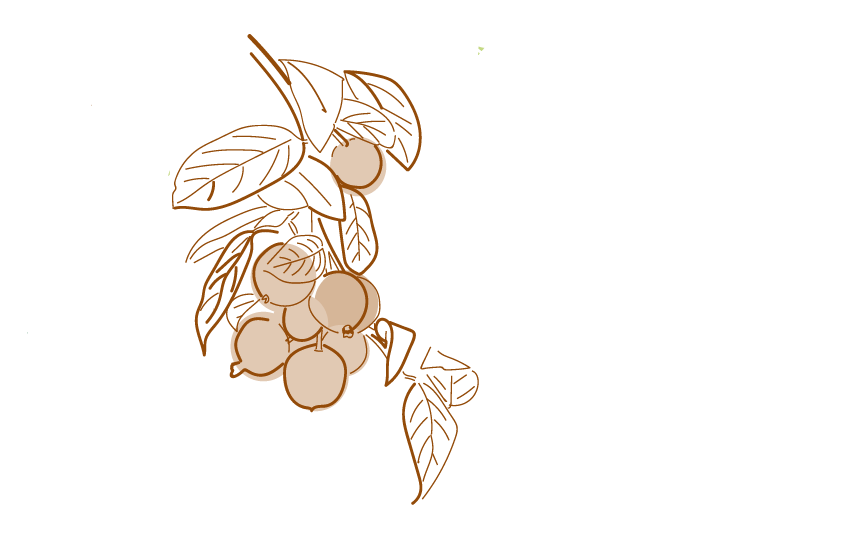
The meat of wild animals is a crucial part of the diets of millions of families in the tropics and subtropics. It is often the most accessible and sustainable source of protein and micronutrients and can also be a significant source of revenue for many people. Enabling these people, mostly the poor, to continue consuming wildlife in a sustainable manner — while reducing the impacts of overhunting on animal populations — are the main challenges facing researchers and policymakers.
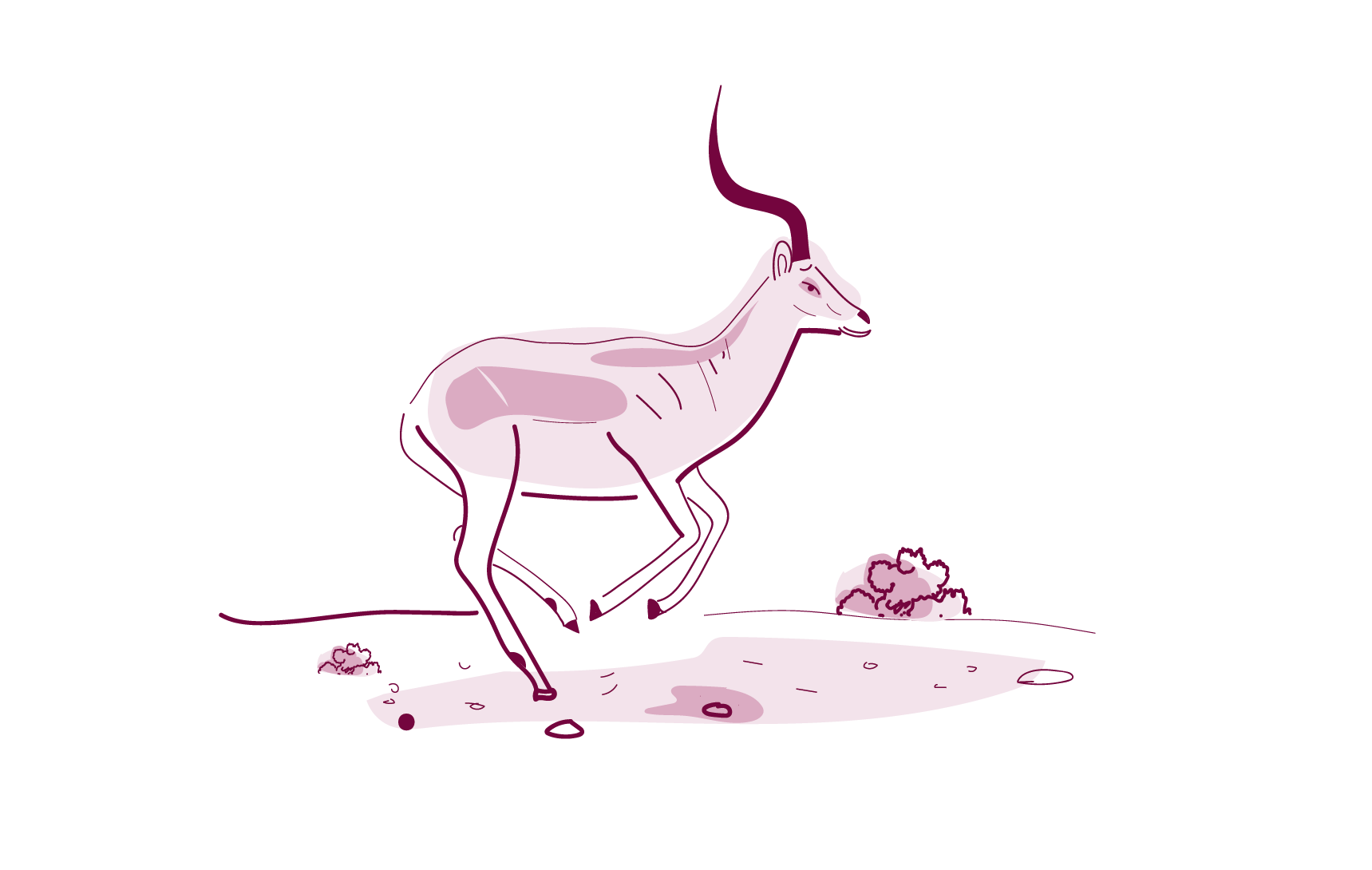
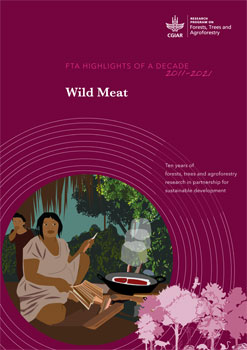
Trees are found in forests and outside the forest. Trees outside the forest are located in urban areas, on farms, and in natural plant formations that do not conform to the definition of forest (e.g. those in arid environments that do not meet minimum tree cover thresholds). Trees on farms (TonF) are dispersed in pastures or crop fields, in linear features (live fences, windbreaks, farm boundaries and internal divisions, on the sides of roads and watercourses), in patches or in regular plantation arrangements, solitary or in groups, with regular or variable density.
The demand for woody biomass for energy and biomaterials is increasing rapidly in line with the global population rise and changing consumption patterns for sustainable resources. Central to meeting this demand is the question of how woody biomass production and use can be reconciled with biodiversity protection, climate change resilience and mitigation, and inclusive prosperity for local communities.

Improving rural livelihoods through supporting local innovation at scale
Coming soon!
The growth of the global and domestic trade in agricultural and forest (primarily timber) commodities over the past decade has driven an expansion of their production, a significant portion of which takes place in tropical lands.

The climate change battle has many fronts; protecting the world’s remaining forests is a major one. Land-use change, including deforestation, contributes 10–12% of global emissions (IPCC 2019), and the REDD+ framework (reducing emissions from deforestation and forest degradation) has been seen as a way to promote both climate and sustainable development benefits.
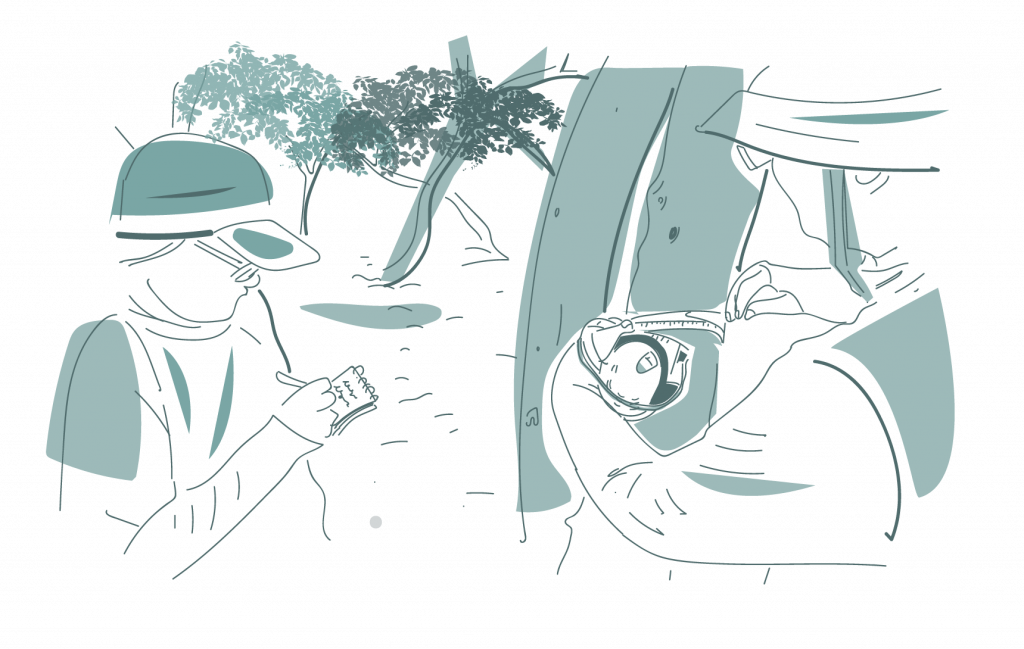
Forest, trees and agroforestry are crucial for adaptation to climate change in two ways that make the sector unique. First, forests and trees are already affected by climate change, and their resilience to climate impacts is a prerequisite for forest and ecosystem health and the provision of ecosystem services, including carbon sequestration.
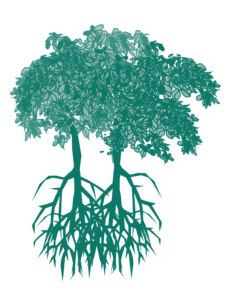
Multi-Functional Landscapes for sustainable development
Coming soon!
This publication presents the results of FTA’s work across the humid tropics in the area of enhancing the good governance of forests, trees and agroforestry, typically as part of landscapes that deliver on sustainable development goals. Work on the interface of the science and policy arenas focused on enabling good governance in landscapes through five principles: legitimacy and voice, strategic direction, performance, accountability and fairness.
This publication reflects on FTA’s decade-long journey to advance gender equality in forest, tree and agroforestry landscapes to glean lessons and continue building on the achievements of the Program.
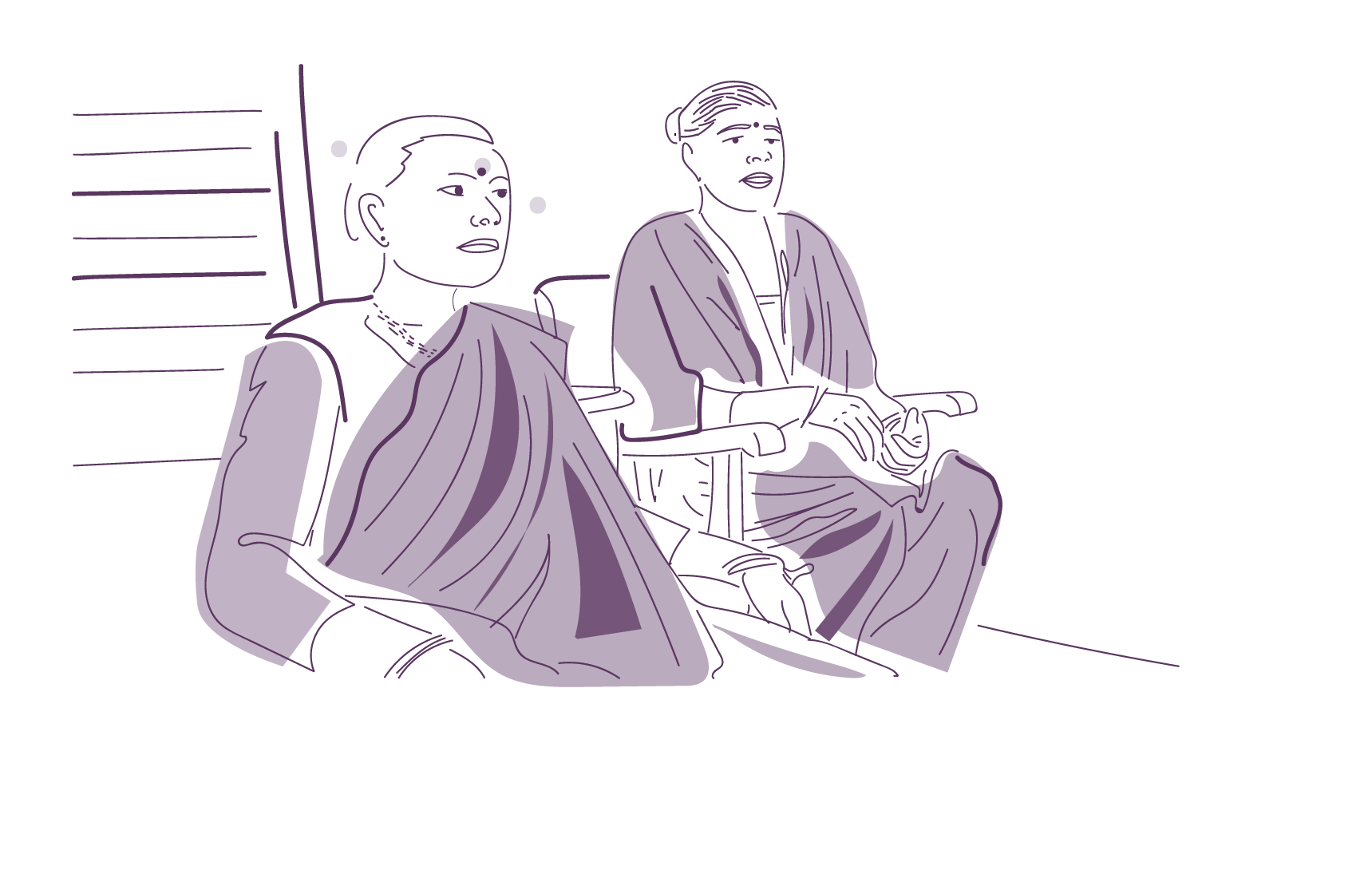
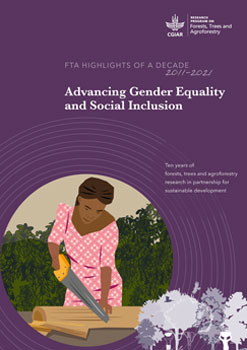
Capacity development is a key component of the pathways from research to impact, from upstream research to downstream outcomes. The term covers a typology of different activities to increase the capacities of various ranges of actors, in order to enable them to act for positive, sustained change.

The CGIAR Research Programs (CRPs) embodied a fundamental shift in the approach to research for development. In addition to producing highquality science, the CRPs explicitly assume shared responsibility for achieving economic and human development outcomes.

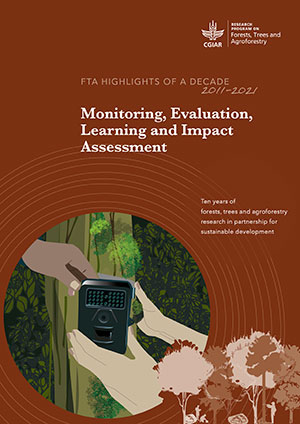
Way Forward
Coming soon!
Functional Always active
Preferences
Statistics
Marketing
This website uses cookies to improve your experience and help us analyse our traffic. By clicking "Accept", you consent to our use of cookies. Privacy notice

